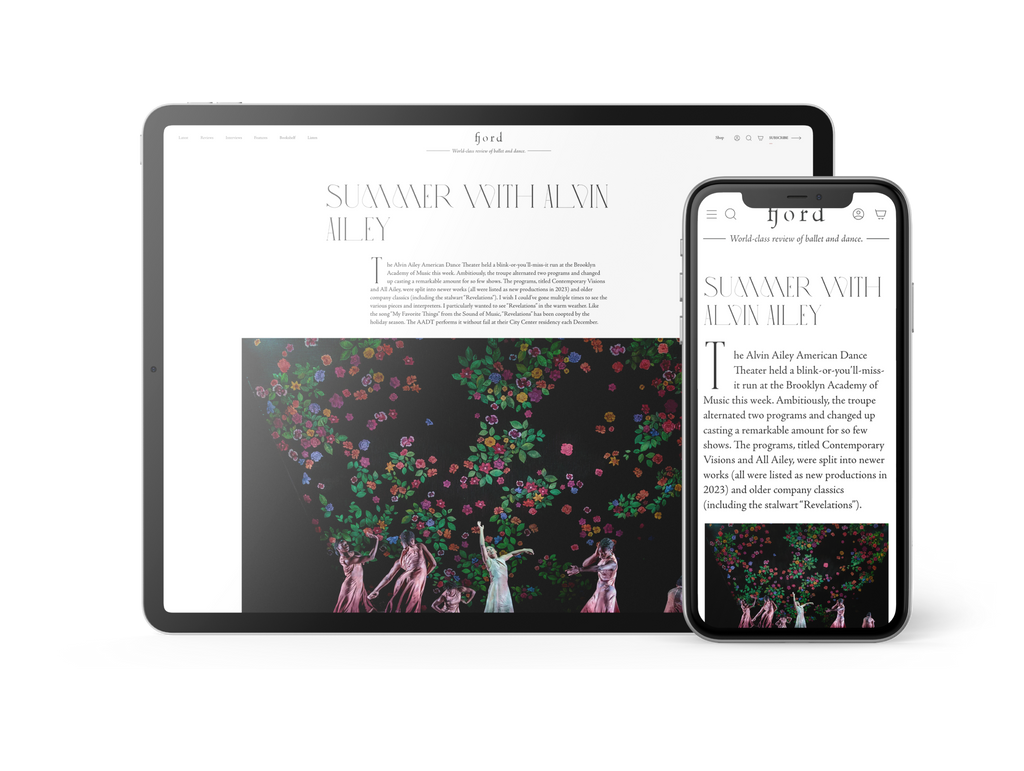Talent Time
It’s “Nutcracker” season at San Francisco Ballet—36 performances packed into three weeks—which means that the company is currently serving two distinct audiences.
Plus
World-class review of ballet and dance.
In his piece, “The Green Table,” which the Paul Taylor Dance Company presented for one-night-only at the 92Y on April 6th, Kurt Jooss depicts a group of ten nasty gentlemen at a conference. They discuss the world situation, lightly jumping on and off the table, making presentational gestures, and offering mixed applause for one another's bright ideas. Dressed in black suits and disgusting, balding masks with distorted faces, the gentlemen are a farce of politicians and diplomats who seem to start wars for sport. Jooss created “The Green Table” in 1932 reflecting on the disastrous Great War as his native Germany tried to hold together their shaky Weimar Republic and brace themselves for the rise of fascism and conflict to come. At the end of their meeting, the gentlemen in “The Green Table” draw pistols and shoot in the air making a jolting BANG! created by real blanks. The lights shut off; a war begins.
Performance
Place
Words

Paul Taylor Dance Company in “The Green Table” by Kurt Jooss. Photograph by Richard Termine/92Y


“Uncommonly intelligent, substantial coverage.”
Your weekly source for world-class dance reviews, interviews, articles, and more.
Already a paid subscriber? Login
It’s “Nutcracker” season at San Francisco Ballet—36 performances packed into three weeks—which means that the company is currently serving two distinct audiences.
PlusLast week I caught up with choreographer Pam Tanowitz and Opera Philadelphia’s current general director and president, countertenor Anthony Roth Costanzo to talk about “The Seasons,” the company’s latest production premiering at the Kimmel Center’s 600-plus seat Perelman Theater on December 19.
PlusIf Notre-Dame remains one of the enduring symbols of Paris, standing at the city’s heart in all its beauty, much of the credit belongs to Victor Hugo.
PlusWhen dancer and choreographer Marla Phelan was a kid, she wanted to be an astronaut. “I always loved science and astronomy,” Phelan said.
Plus
comments